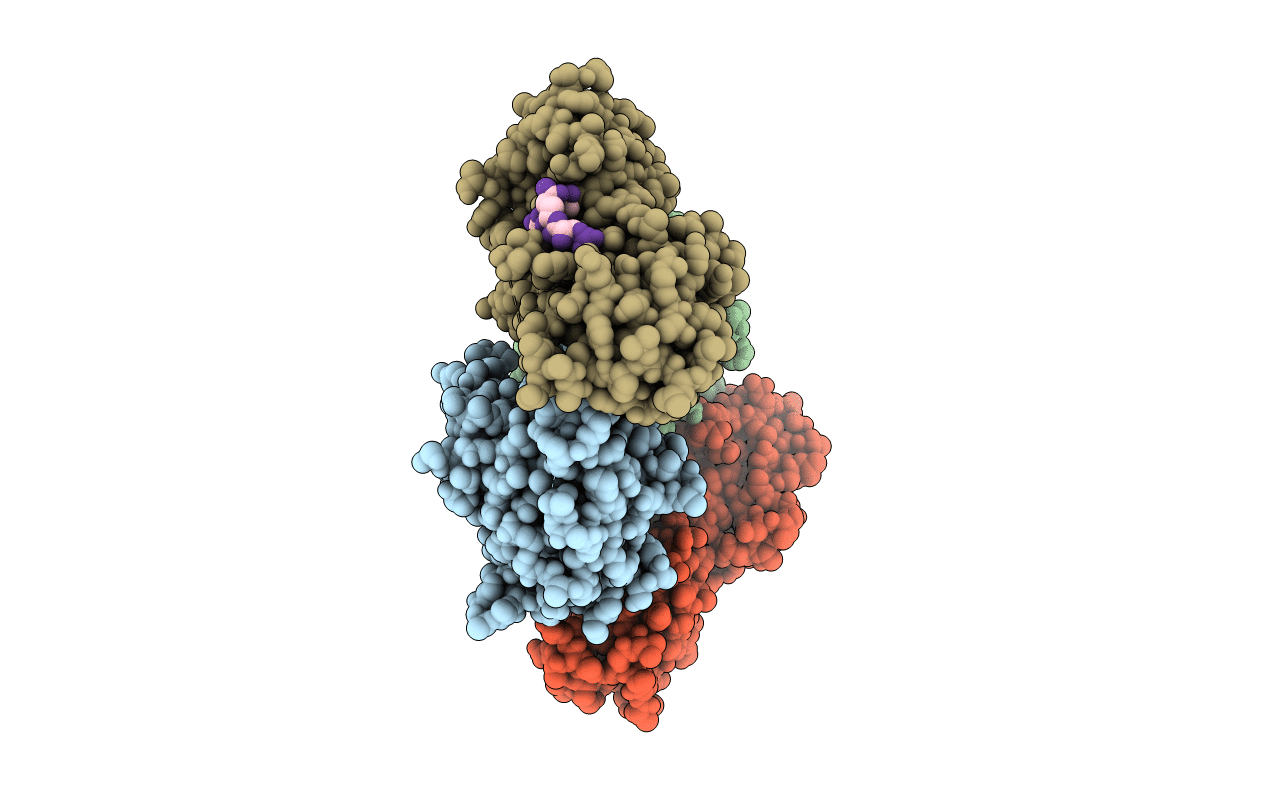
Deposition Date
2015-10-20
Release Date
2015-12-16
Last Version Date
2024-11-13
Entry Detail
PDB ID:
5ECG
Keywords:
Title:
Crystal structure of the BRCT domains of 53BP1 in complex with p53 and H2AX-pSer139 (gammaH2AX)
Biological Source:
Source Organism:
Homo sapiens (Taxon ID: 9606)
Host Organism:
Method Details:
Experimental Method:
Resolution:
3.00 Å
R-Value Free:
0.26
R-Value Work:
0.20
R-Value Observed:
0.20
Space Group:
P 21 21 21


